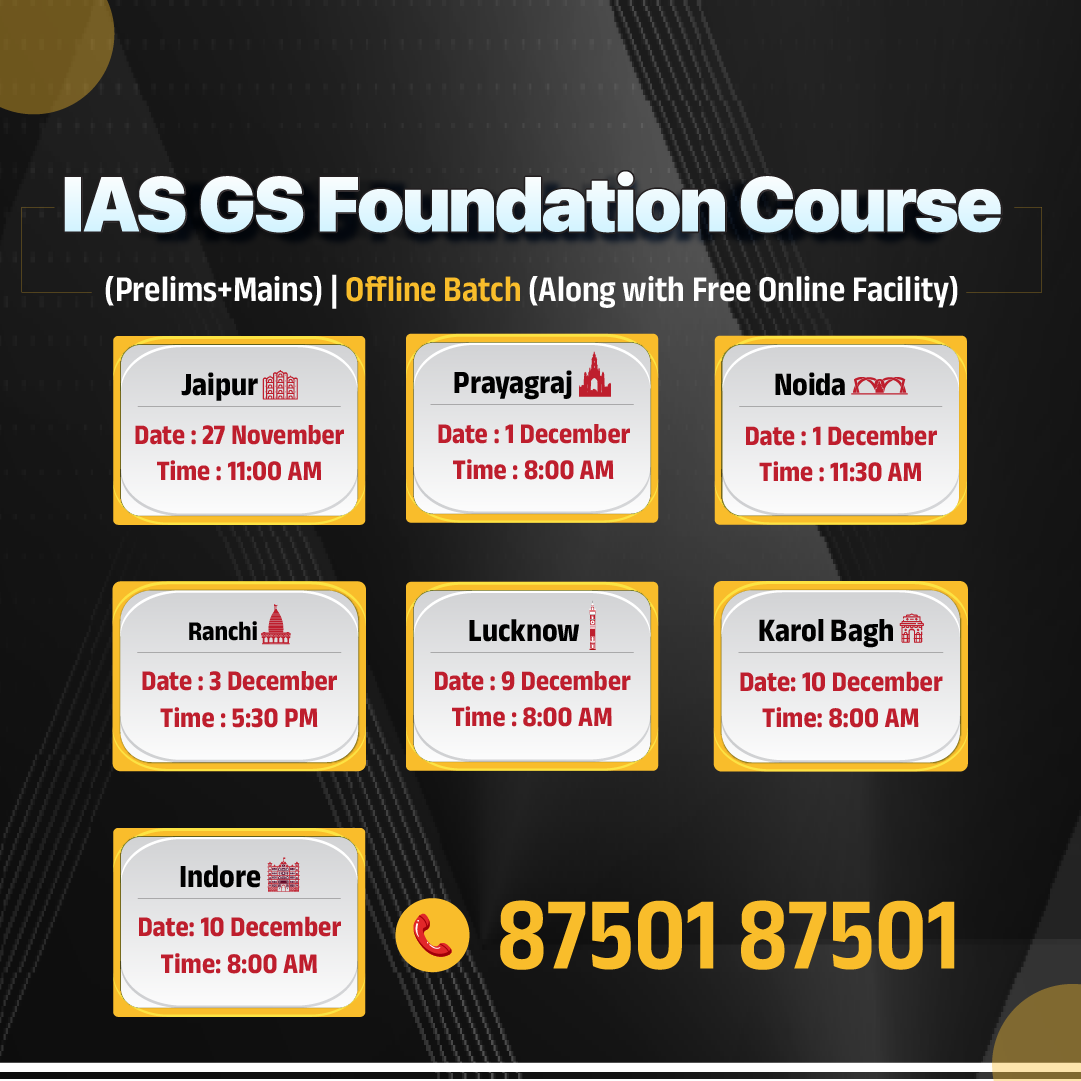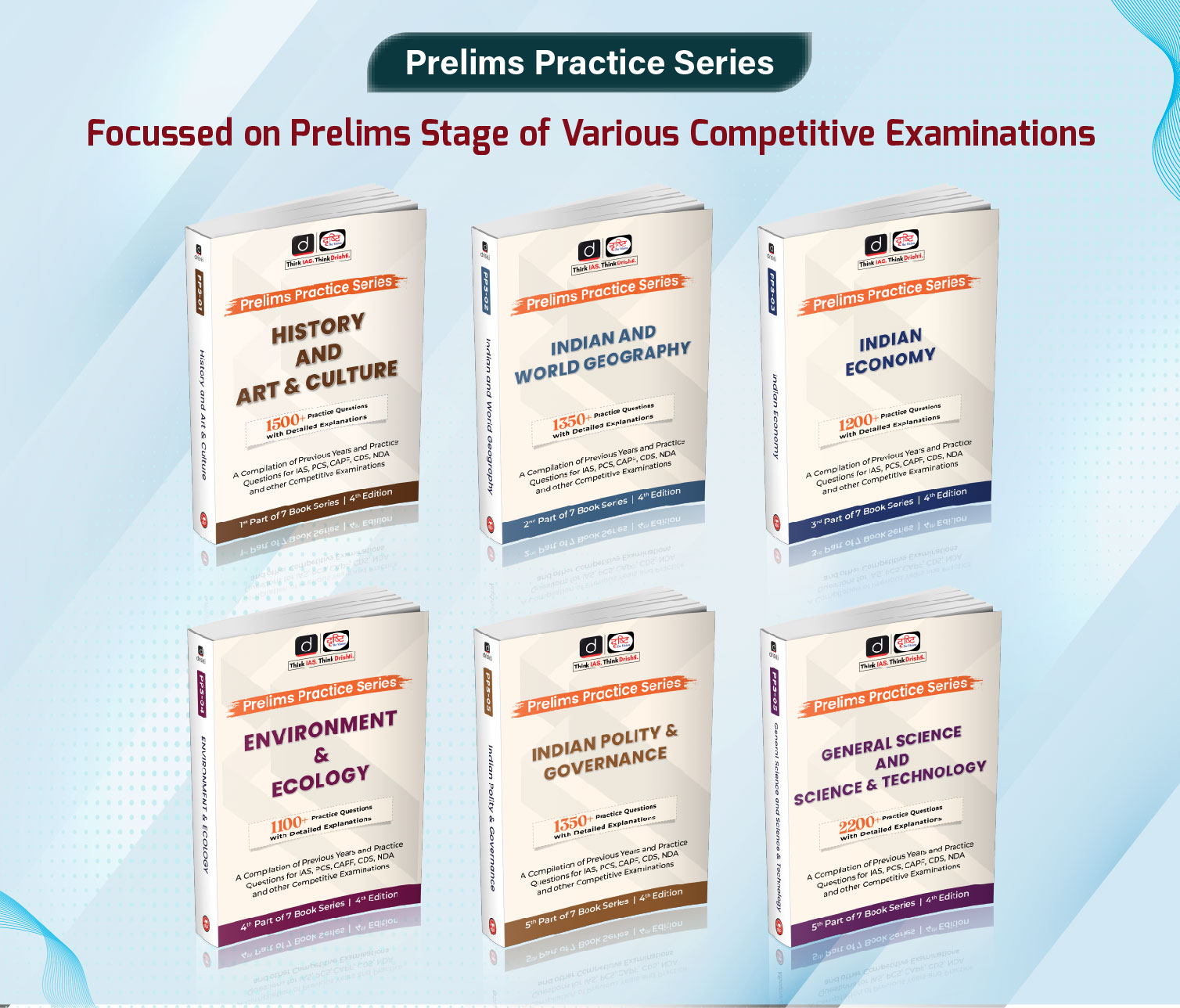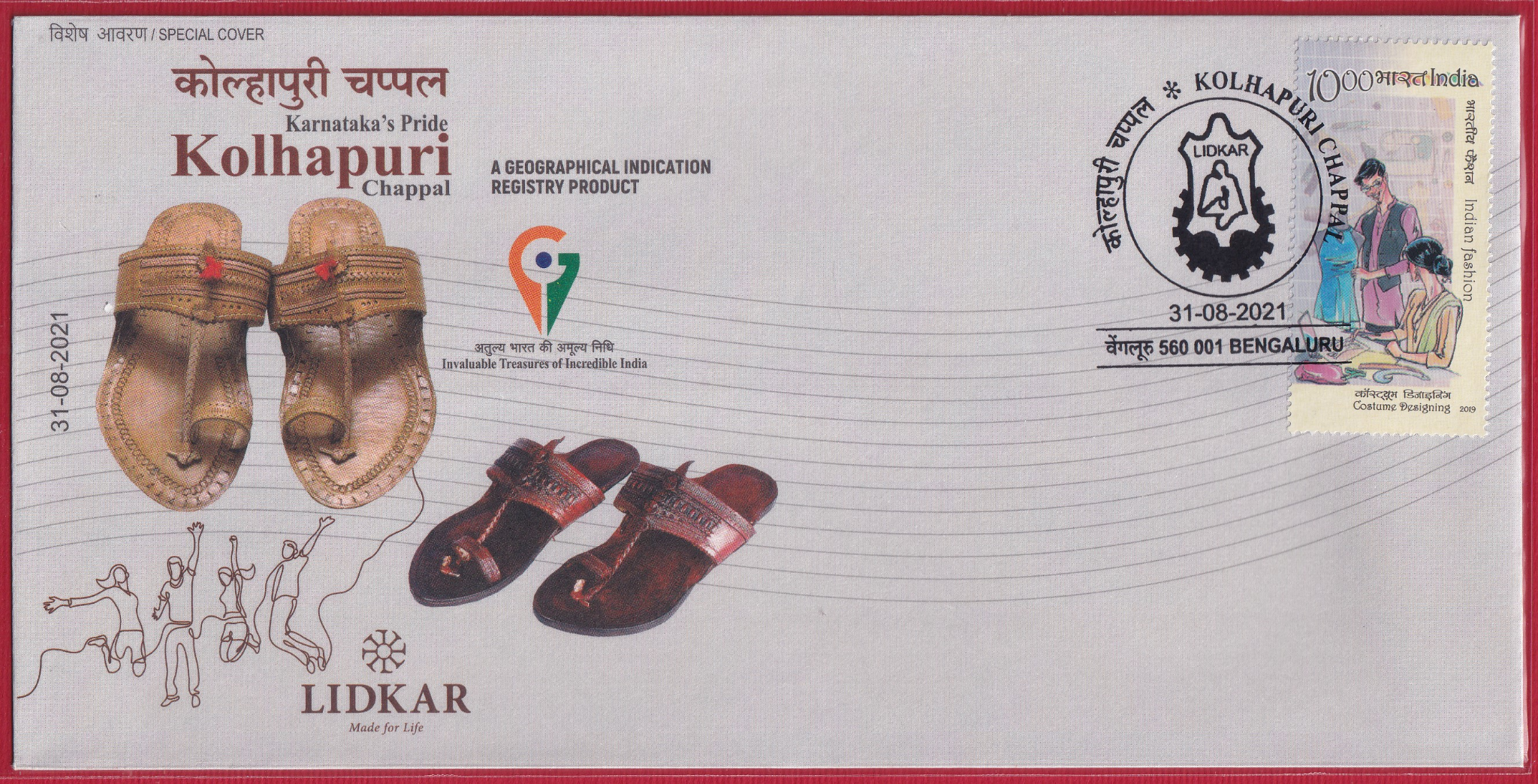National Current Affairs Switch to Hindi
Prada Signs Kolhapuri Deal
Why in News?
Italian luxury brand Prada signed a Memorandum of Understanding(MoU) to launch a limited-edition collection of Kolhapuri Chappals, featuring about 2,000 pairs.
Key Points
- Made in India: The sandals will be made in Maharashtra and Karnataka, combining traditional Indian craftsmanship with Prada's contemporary design.
- Price & Availability: The Kolhapuri sandals will be priced around 800 euros ($930) and available at select Prada stores worldwide, as well as on its website starting February.
- Origin & Geography: It is handcrafted in Kolhapur (Maharashtra) and nearby districts like Sangli, Satara, and Solapur, dating back to the 12th–13th century, and was originally made for royalty.
- Craftsmanship: It is made using vegetable-tanned leather from cow, buffalo, or goat, and is fully handmade without nails or synthetic components
- Design Features: It is recognised for its T-strap shape, detailed braiding, and open-toe design, mostly in tan or deep brown shades.
- GI Tag Recognition: It was granted Geographical Indication (GI) status in 2019, covering eight districts in Maharashtra and Karnataka.
- A GI tag identifies products with a specific geographical origin and ensures only authorised users from that region can use the name.


.png)








.png)


.jpg)



 PCS Parikshan
PCS Parikshan


